We've been on our current homestead for almost 3 years. Three whole years and I'm just now considering an orchard.
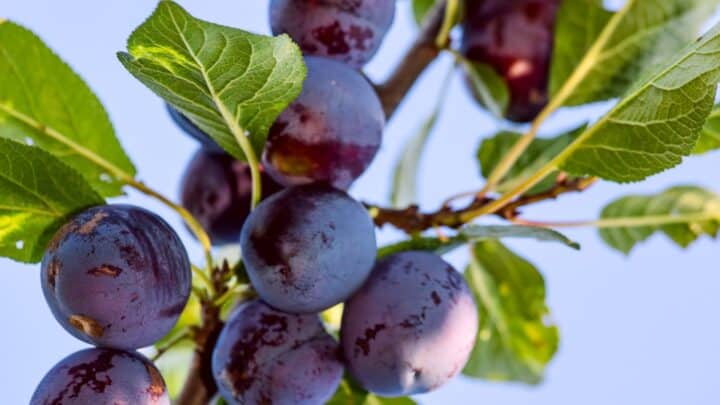
It's not that it was never a priority or I didn't envision it previously. It is and I had. But, I guess partially because we have experienced hardship after hardship for those 3 years and it just now occurred to me that we needed one.
Perhaps I'm a little slow... my property will eventually reflect my intentions. But, jumping into this homesteading gig feet first and full-bore is never a good idea.
Taking your time, setting goals, learning the layout of your land, and baby-stepping your way through your goals is absolutely the best way to go.
Does that mean it should take you 3 years before you even consider an orchard? No... but even if it takes you 10 years, it's better than never doing it, right?
I am glad, though, because I honestly don't even know if we would have been able to maintain them and keep them healthy in the past few years. But, sadly, we haven't planted any because next year I may have finally started seeing some fruit instead of just planting them.
That's the thing about orchards. They take a while to establish. Fruit-bearing trees don't produce fruit their first year, or even their second year.
It takes them a bit to start being the productive, flourishing trees you envisioned instead of the twigs that you'll soon be planting in the ground.
I can't wait until the dead of winter when it's time to begin ordering some of these beautiful trees. In the meantime, I have plenty of time to do my research on the varieties we want, I know the layout of our land well at this point, and I can plan, and envision the delicious fruit our trees will bear in a few years.
How to Plan and Plant a Small Homestead Orchard
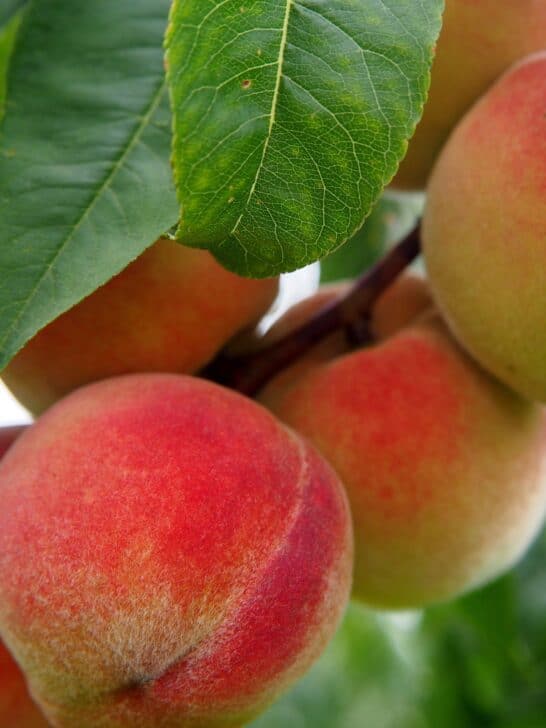
1. Consider Your Available Space
It's never a bad idea to map out the area you have available for trees. In fact, a lot of seasoned growers recommend that if you are on a new piece of property you wait at least a year before you consider planting.
The reason? It gives you time to know exactly where the sun hits at all times of day, all times of the year.
Your trees will need well-drained soil and 6 or more hours of full sun a day during the growing season.
Different trees have different space requirements. Some larger tree varieties require 10 to 20 feet spacing whereas smaller, semi-dwarf or dwarf varieties can sometimes require as little as 6.
Make sure you look at the spacing requirements and how large mature trees are expected to be when considering your options.
2. Dwarf Varieties vs. Standard Varieties
There are 3 types of fruit trees. Dwarf, semi-dwarf, and standard. And they all have their benefits. Dwarf varieties, for instance, a smaller and bear fruit sooner than their standard variety counterparts.
However, they do not produce fruit as long as a standard variety will. If you are limited on space like we are I highly recommend leaning toward the dwarf varieties purely due to spacing.
We don't have a large area to plant in on our 1 acre, but we will be planting a few varieties and I sincerely doubt we will throw any standards in there.
Some people prefer a mix of the two and if your area allows you to, that's a great option.
3. Consider Your Gardening Zone
Knowing your gardening zone is important when growing just about anything, but it is especially important when selecting fruit trees. Some varieties are pretty open to most zones. Some are limited to just a zone or two.
Some fruit requires a certain number of cool days in order to produce fruit. This makes it more difficult for gardeners who are in southern regions of the United States (think zone 8-10, especially).
While there are trees that will grow in just about every zone, knowing your gardening zone can make choosing the right variety much, much easier.
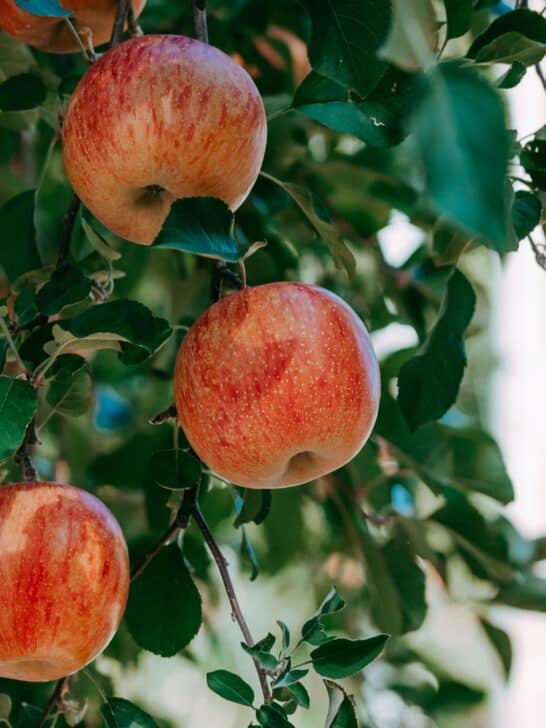
4. Consider Pollination Needs
A lot of trees that homesteaders utilize for their small orchards are what are considered "self-pollinating" meaning that they can produce fruit without another variety in bloom at the same time pollinate it.
However, even self-pollinated trees can benefit from another tree. They will produce better, larger fruit if you have another variety nearby in bloom.
You aren't limited to planting two or more trees of the same variety, either. But, you will need to find varieties that bloom around the same time.
Early blooming varieties will help boost the fertility of other early blooming varieties while late-blooming varieties will boost the fertility of other late-blooming varieties and so on.
Some of the bloom time will overlap between early, mid-season, and late, but it's easiest to just select varieties that will bloom at the same time.
Most nurseries have a list of the best pollinators for the variety you are considering on their website.
5. Implement Heirloom Varieties
Heirloom varieties are the varieties of years gone past. They are typically the varieties that have been handed down from generation to generation. Most of them are well-suited to a small, homestead setting.
They were generally selected for their ability to produce amazing-tasting fruit. Not necessarily because they look pretty.
I love heirloom varieties and heritage breeds, so we will be trying our best to select these. It gives you a chance to grow a piece of history and continue a tradition that, a lot of times, has been going on for well over 100 years from generation to generation.
6. Choose a Reputable Nursery
Do you know what I love about technology and the internet (aside from the obvious)? It's that I have nurseries all over the United States to choose from.
I can look at their prices, and their selection, call them up and see how their customer service is, send them a quick email question, and on and on.
I've been going through tons of orchards, looking at what they have available, and their pricing, and trying to learn a little bit about each and every one I come across. I do believe I've settled on Trees of Antiquity.
They have a very large selection of heirloom fruit trees available, which is exactly what I'm looking for. Their varieties are organically grown, which I'm also looking for and their mission speaks to me.
As I said, there are tons of options available. Just do your homework and select the one that speaks to you.
Tips for Planting Your Small Homestead Orchard
- Dig a hole twice as wide and just as deep as your tree roots. Only cultivate the soil underneath if it's highly compacted as the roots will have a very difficult time spreading if the soil is too compacted.
- If your soil is pretty clay-like (raises hand) you can score the sides of your planting hole to aid in root growth.
- Add plenty of good compost around the freshly dug hole and mix it in, but do not put soil amendments directly into the hole.
- The graft union should be about 2 to 4 inches above the soil surface with the union notch facing to the north to avoid sunburn.
- Gently replace the excavated soil back into the hole, placing the best soil in first. The soil level should be 1 to 2 inches above the surrounding ground when you're finished replacing it with a gentle slope toward the ground to prevent water from pooling around the tree.
- Water the tree thoroughly after planting making sure the water does not pool around the tree.

- Water the tree one to two times a week during hot weather.
- Mulch around the tree 3 to 6 inches deep, being mindful to not get the mulch right up against the tree. Bring the mulch out about 2 to 3 feet in diameter around the entire tree.
I've got my shopping cart full and ready to purchase a few varieties in just a week or two. I'm excited to get started on the next chapter of growing something new on our homestead and can't wait to get started.
Other Gardening Posts to Check Out:
- How to Prepare a New Garden Bed
- 7 Ways to Improve Your Garden Soil
- How to Grow Garlic: A Complete Guide
If you found this post on planning a small orchard helpful, I’d love to hear your thoughts and questions in the comments below! Also, feel free to tag me with your tree planting projects on Instagram @therusticelk!




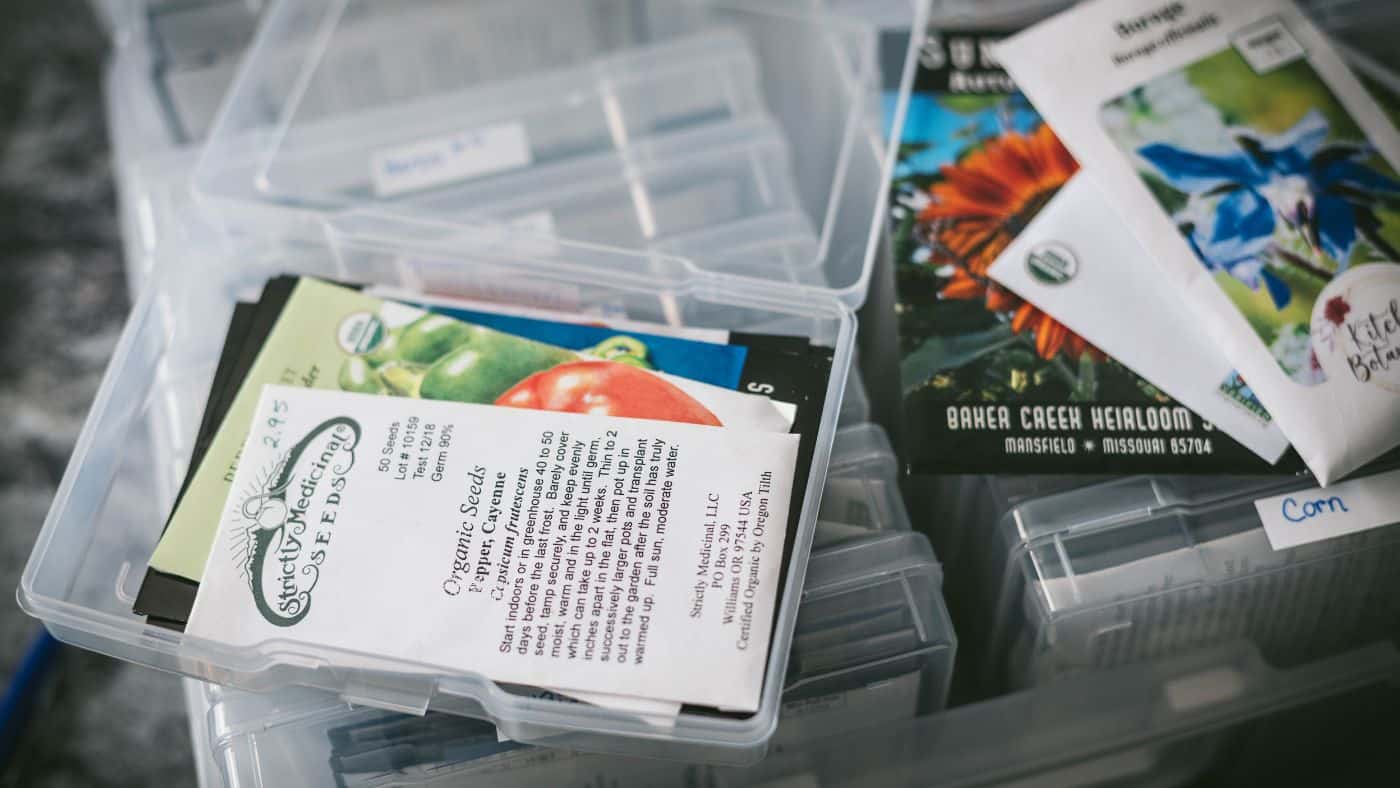
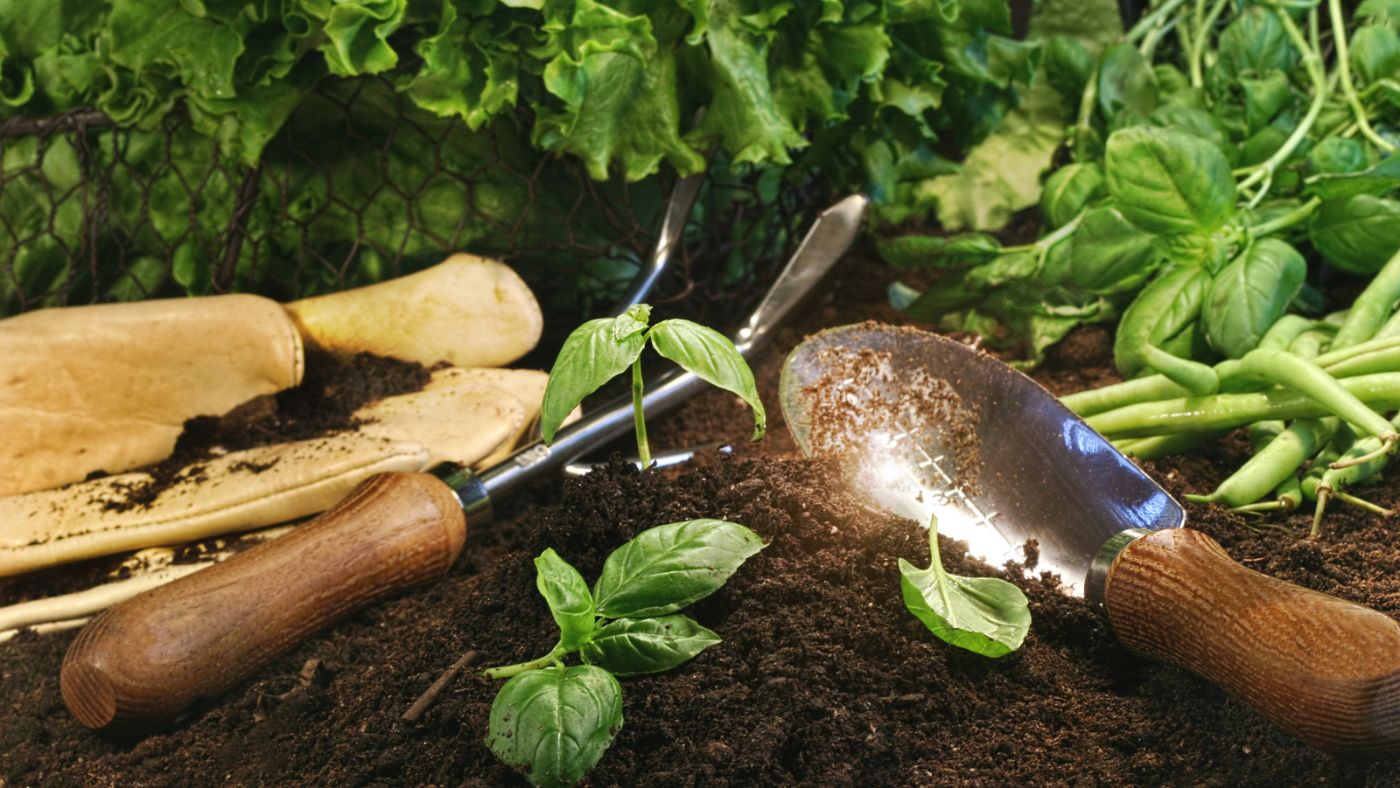
Tina says
I highly recommend staking, if you are in a windy area. I did not do that at my last orchard. I have two trees there that are just about touching the ground. They are farthest out into the pasture. I regret not staking them as they will not make it much longer.
Jeanne McCormick says
Trees of Antiquity is an amazing company! That is where I purchased my fruit trees!